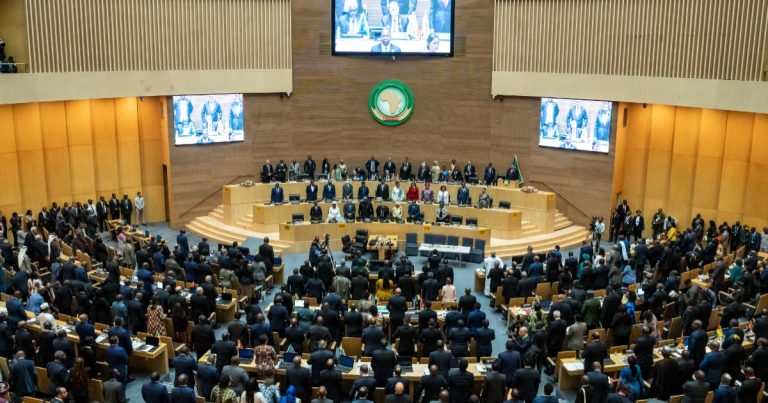Africa’s total public debt has now reached $1.8 trillion, a concerning milestone for the continent. Over the past few decades, the debt has risen sharply, yet growth remains slow. The African Union (AU) has raised alarms and is calling for urgent reforms in the global financial system. These outdated systems hinder economic progress and exacerbate the debt burden, limiting Africa’s potential. This article explores the causes behind the debt surge, the AU’s call for reform, and what it means for Africa’s future.
Rising Debt Levels Across Africa
Public debt in Africa has reached $1.8 trillion, a drastic increase from $120 billion in 1990. However, economic growth has not kept pace, with GDP growth averaging just 3–4% annually. Debt servicing costs are consuming an ever-larger share of public revenue, leaving African governments with less fiscal space for development priorities like health, education, and infrastructure.
Causes Behind the Debt Surge
External Shocks and Global Disruptions
Africa has been hit by several crises, including the global financial crisis, COVID-19, and the war in Ukraine. These external factors have slowed growth, increased borrowing, and reduced export earnings. As a result, many African nations face mounting debt.
Rising Borrowing Costs and Private Creditors
Borrowing costs for African countries have increased significantly. The average interest rate for financing on the continent is about 11.6%, much higher than risk-free rates. Additionally, more debt is owed to private creditors, making restructuring more difficult and costly.
Squeezed Fiscal Space
Debt servicing is taking up a larger portion of government budgets, leaving little room for social spending. Reports show that in about 57% of African countries, debt service exceeds public expenditure on education and health.
AU’s Call for Global Financial Reform
The AU is advocating for a series of reforms to the global financial system. These reforms aim to address Africa’s unique challenges and make the financial system more equitable. Key proposals include:
- Private creditor involvement in debt restructuring processes, ensuring better coordination across creditor types.
- Creating Africa-specific credit rating systems to reduce bias in global credit models.
- Expanding the G20 Common Framework to facilitate quicker and fairer debt treatment for heavily indebted African countries.
- Developing a new financial pact, treating Africa as an equal partner in the global economy, with better access to capital.
Implications for Africa’s Economies
Limited Investment in Development
As more money is spent on debt servicing, essential investments in infrastructure, health, and education are being delayed. This undermines long-term growth and prevents critical development.
Increased Vulnerability to Economic Shocks
With high debt and dependence on private creditors, African countries face risks from currency fluctuations, rising interest rates, and other economic shocks. This makes them more vulnerable to global economic instability.
Sustainable Borrowing Practices Needed
This debt crisis underscores the need for better debt management practices. African countries must focus on long-term development and ensure that borrowing aligns with sustainable goals.
Reform and Growth Potential
While Africa faces significant challenges, the AU’s reform proposals offer an opportunity for positive change. Implementing these reforms could free up resources for growth, helping Africa build a more prosperous future.
Africa’s $1.8 trillion debt crisis highlights the need for urgent reform in global financial systems. Without changes, many African nations will continue paying the price of past borrowing, rather than investing in their futures.

